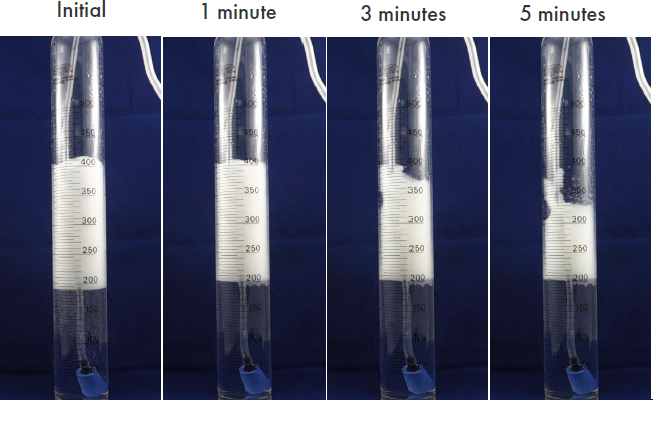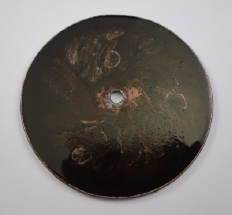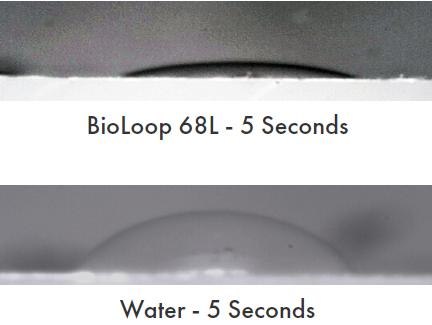Enhanced TDS
Knowde-enriched technical product data sheet
Identification & Functionality
- Ingredient Origin
- Cleaning Ingredients Functions
- Technologies
- Product Families
Features & Benefits
- Labeling Claims
- HII Features
- Key Features
- Based on BioLoop technology
- 100% renewable
- No skin or eye irritancy
- No ecotoxicity
- Readily biodegradable
- Medium - High foam
- Good detergency
- A green alternative to alcohol ethoxylates
Applications & Uses
- Markets
- Applications
- Home Care Applications
- I&I Cleaning Applications
- Applications
Good detergency :
- Hard Surface cleaners and general cleaners. In formulations that contain alcohol ethoxylates then use BioLoop 68L as a green alternative. Also the SDS classifications will help ensure no hazard classifications.
Excellent substrate wetting on Nylon 6, Nylon 66 and Polycarbonates :
- Can be used in textile applications that contain Nylon.
Properties
- Physical Form
- Odor
- Characteristic
- Typical Properties
Value Units Test Method / Conditions Composition Bioloop surfactant alcohol ethoxylates - - Solids Content 78 - 82 % - HLB Value 13.2 - - Viscosity (at 25°C) 509.0 cPs - Pour Point 18.5 °C - Specific Gravity (at 20°C) 1.08 - - Flash Point min. 150 °C - Surface Tension (0.1% Aqueous) 36.5 mN/m - - Specifications
Value Units Test Method / Conditions Color (Gardner) max. 5 - -
Technical Details & Test Data
- Foaming Profile
Test method : A 0.1% solution is prepared and aerated for 30 seconds and then stopped. The degree of foaming is assessed initially and then after 1, 3 and 5 minutes.

Conclusion : When compared to our full range of surfactants would be classed a MEDIUM foam surfactant.
- Detergency Testing
Test method : A formulated soil is applied to a painted disk and then aged in an oven. The disk is then soaked in a detergent solution for 10 minutes and then rotated for a further 5 minutes. The % soil removal is then measured.
No Detergent

BioLoop 68L

Results :
No Detergent BioLoop 68L % Soil Removal 20.1% removal 77% removal - Substrate Wetting
Test method : A 0.5% solution is prepared and is dropped onto various substrates. The contact angle is then measured using a goniometer. The angle is measured initially and then after 5 seconds. The lower the angle the better the product wets the substrate.
Nylon
Sample Contact Angle Initial Contact Angle - 5 sec
Water 46 45 BioLoop 68L 17 8 